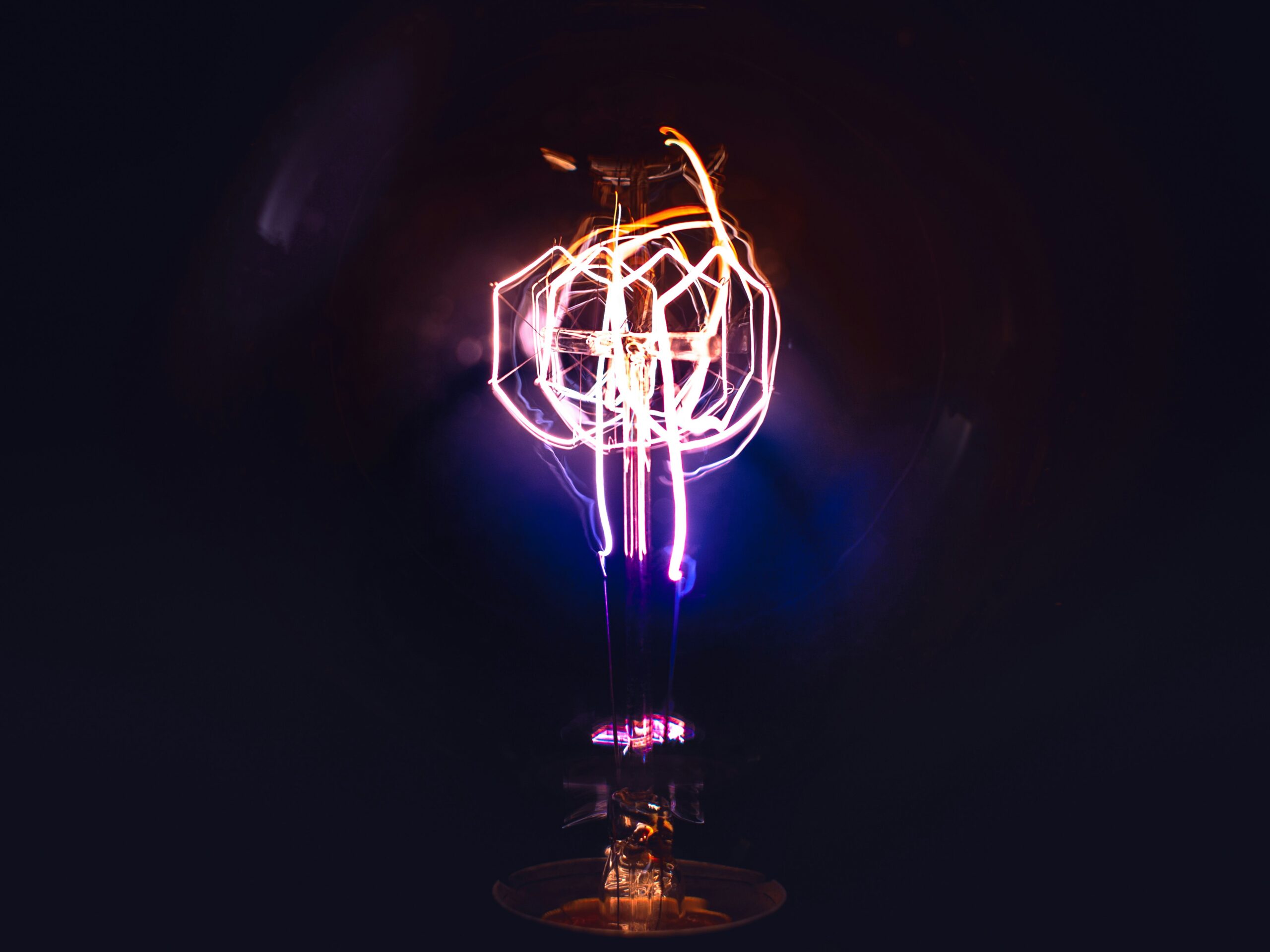
Understanding what runs up your electric bill the most can help you manage energy consumption effectively. Some appliances and electronics consume more power than others, leading to higher monthly costs. By identifying these high-energy culprits, you can make informed choices about usage and potentially save on your utility bills. Let’s look at the common household items that are notorious for increasing your electric expenses.
High-Energy Appliances in Your Kitchen
Kitchen appliances are among the biggest contributors to your electric bill. Refrigerators, ovens, and dishwashers use a significant amount of energy, especially when running constantly or at high temperatures. Older models can be even less efficient, consuming more power to perform the same tasks. Consider upgrading to energy-efficient versions to cut down on costs.
The Cost of Heating and Cooling Systems
Heating and cooling systems, such as central air conditioners and heaters, are major energy consumers in many households. These systems often run for long periods, particularly in extreme weather conditions. Improper maintenance, like dirty filters or poor insulation, can cause them to use even more energy. Regular servicing and using programmable thermostats can help manage their energy use better.
Laundry Machines and Their Energy Use
Washing machines and dryers are frequently used appliances that can significantly increase your electricity bill. Both appliances require substantial power to heat water and produce hot air. Running them during peak hours or using them more frequently adds to the overall cost. Opting for cold water washes and air-drying clothes can help reduce energy consumption.
The Hidden Cost of Water Heaters
Water heaters are another item that quietly consumes a lot of energy, particularly if they are set to a high temperature or if they have a leak. Traditional tank water heaters constantly use electricity to maintain the water temperature. Switching to a tankless or on-demand water heater can lead to considerable savings on your electric bill.
Lighting Choices That Impact Your Bill
Traditional incandescent bulbs use more electricity than energy-efficient LED bulbs. If multiple lights are left on for extended periods, the cost can quickly add up. Replacing incandescent bulbs with LEDs and using dimmers or smart lighting systems can help reduce this expense. Ensuring lights are turned off when not in use is another simple way to cut costs.
The Impact of Entertainment and Electronics
Entertainment systems, including televisions, gaming consoles, and computers, are often overlooked but can run up your electric bill significantly. Many of these devices continue to draw power even when turned off, especially if left in standby mode. Unplugging devices when not in use or using power strips can help minimize this phantom energy consumption.
Simple Changes for Big Savings
By understanding which household items consume the most energy, you can make small changes that result in significant savings. Paying attention to what runs up your electric bill the most can help you take proactive steps to reduce consumption. Whether it’s investing in energy-efficient appliances or being mindful of usage patterns, every effort contributes to lowering your electricity costs.



